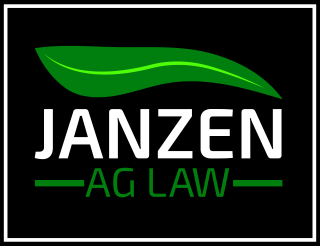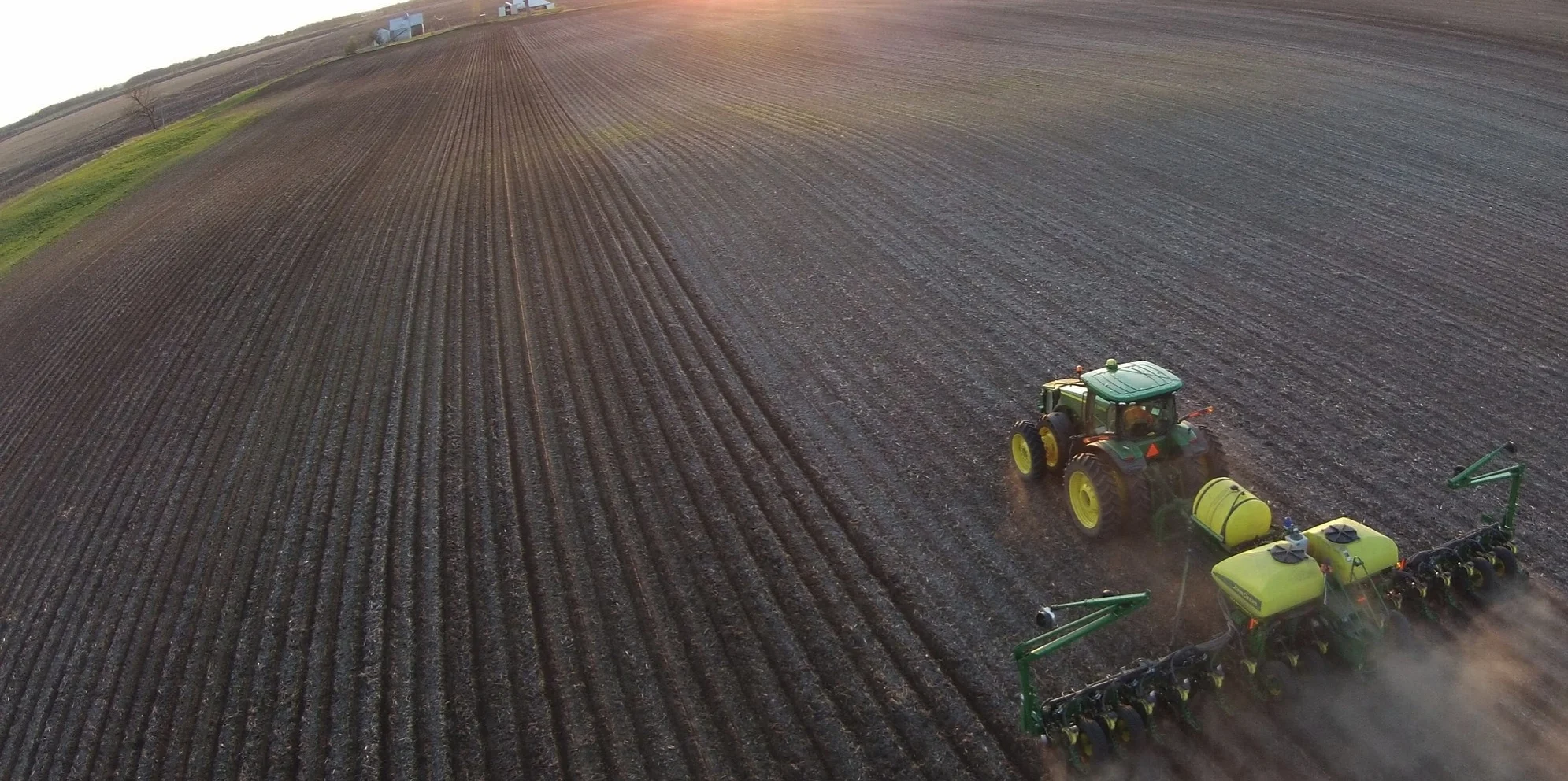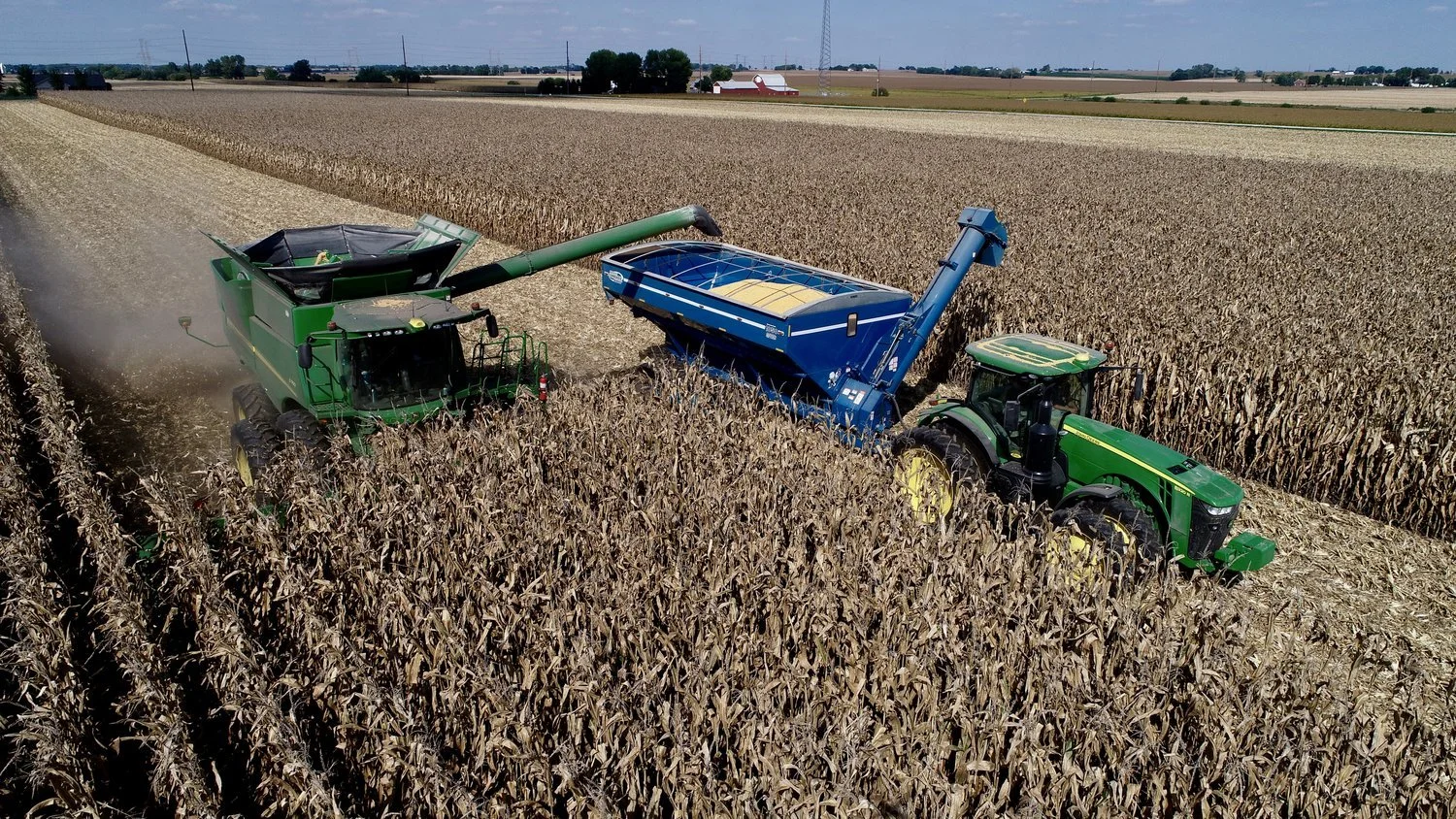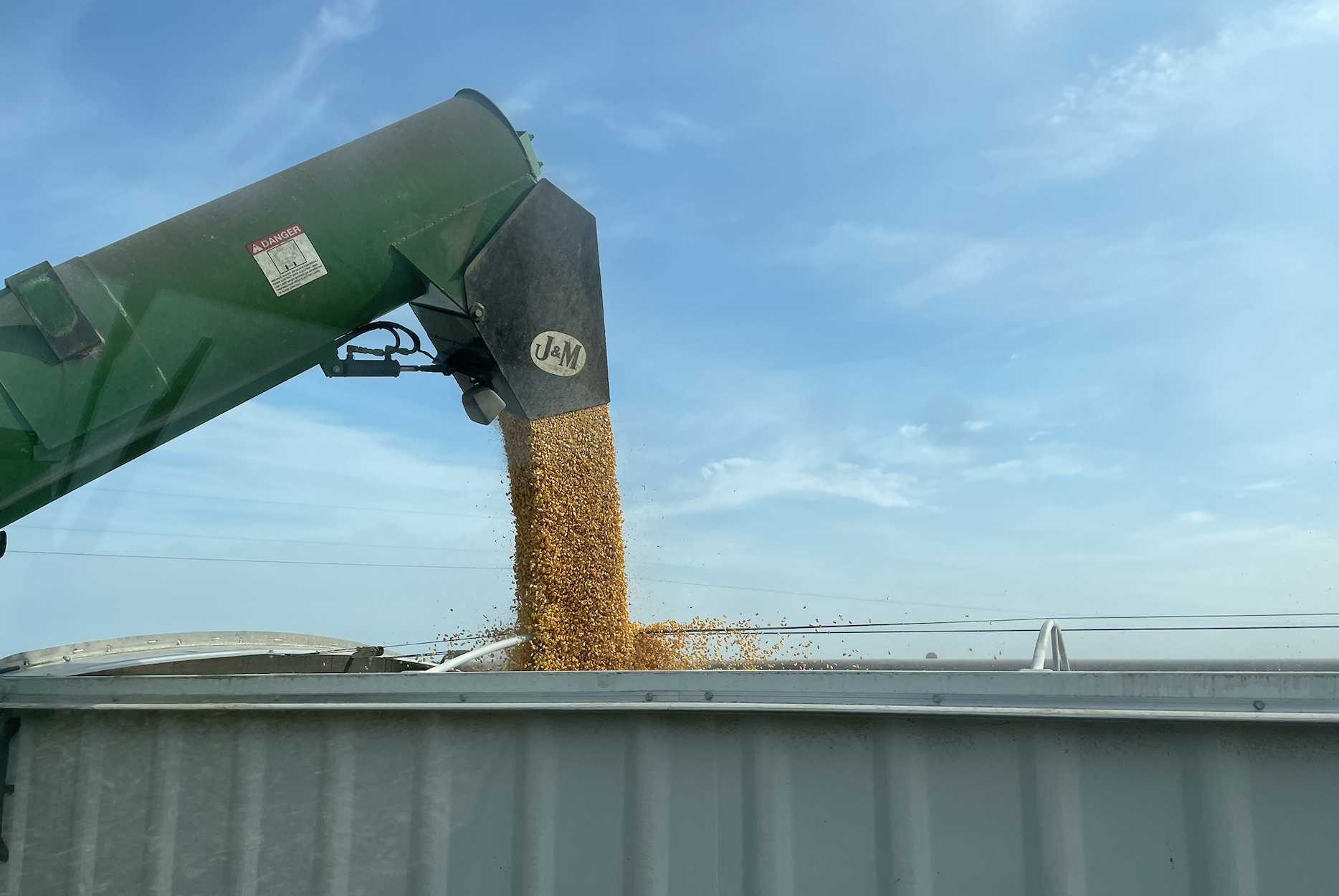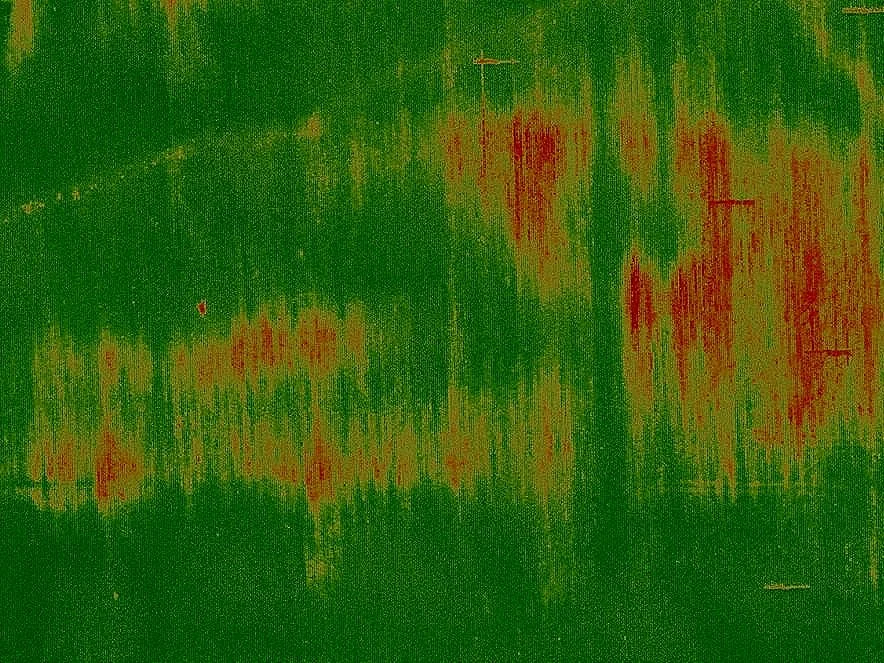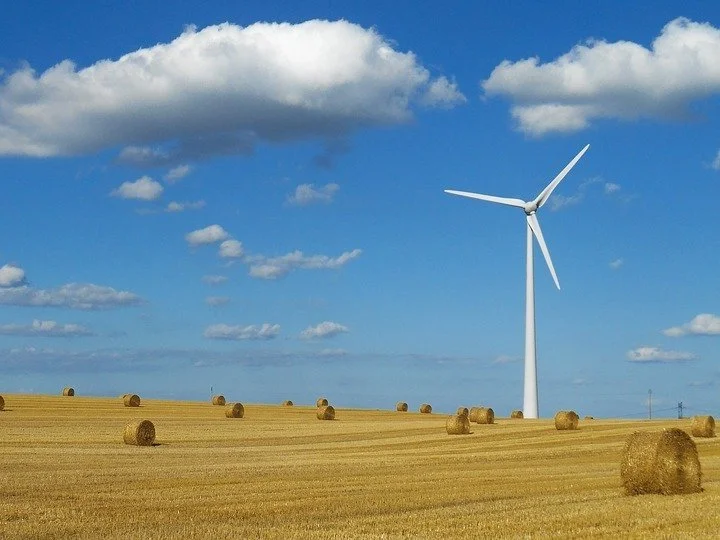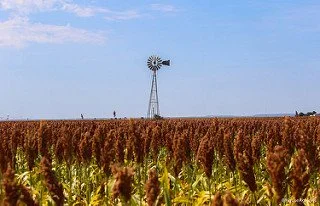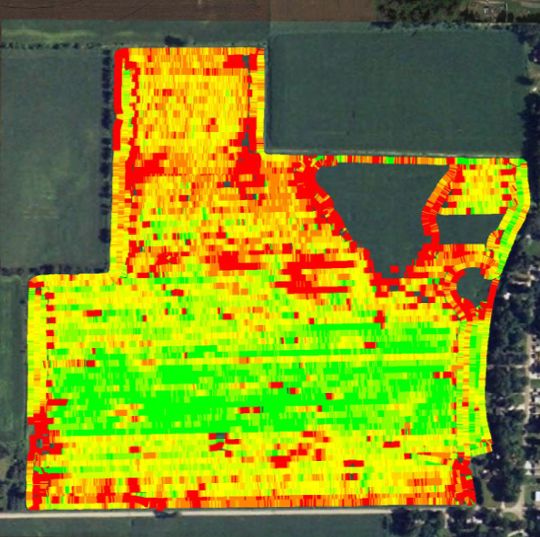Will OSHA be an Obstacle for Autonomous Farm Technology?
/The talking points surrounding robotic farm equipment usually focus on the decreased need for humans to interface with machines. We use words like "driverless" and "autonomous" to describe the lack of human involvement with farm equipment. Marketers talk about the shortage of farm labor and the ability to do more with fewer employees. For the most part, as long as driverless machinery stays in the field and off of public roads, there are few regulations that prevent these new technologies.
But what about farm-worker safety around autonomous farm vehicles?
Perhaps this is the question that drove California to add regulations prohibiting driverless machinery unless a person remains at the wheel (somewhat defeating the point). California's OSHA regulations require all "self-propelled equipment" to have an operator "stationed at the vehicular controls" whenever the machine is moving. There is an exception for furrow guided equipment, which allows an operator to control the vehicle remotely provided he or she stays within 10 feet of the controls and the equipment is not moving at greater than 2 mph.
Here is the full text of the California OSHA regulation:
All self-propelled equipment shall, when under its own power and in motion, have an operator stationed at the vehicular controls. This shall not prohibit the operator occupying or being stationed at a location on the vehicle other than the normal driving position or cab if controls for starting, accelerating, decelerating and stopping are provided adjacent and convenient to the alternate position. If the machine requires steering other than ground or furrow steering or operates at ground speeds in excess of two miles per hour, steering controls shall also be provided at the alternate location. Seedling planters and other similar equipment traveling at a speed of two miles an hour or less where a control that will immediately stop the machine is located at the operator's work station will satisfy this requirement.
Furrow guided self-propelled mobile equipment may be operated by an operator not on the equipment provided that all of the following are complied with:
(A) The operator has a good view of the course of travel of the equipment and any employees in the immediate vicinity.
(B) The steering controls, when provided, and the brake and throttle controls are extended within easy reach of the operator's station.
(C) The operator is not over 10 feet away from such controls and does not have to climb over or onto the equipment or other obstacles to operate the controls.
(D) The equipment is not traveling at over two miles per hour ground speed.
I have not found any other states that have imposed similar restrictions on driverless farm equipment. The federal OSHA regulations, upon which state regulations are based, do not include this driverless prohibition.
I understand that California agriculture includes a number of specialty crops that require slow moving farm equipment saddled with many workers close by on implements or in the field. This regulation appears to be aimed at protecting those workers' safety. However, I can't help but think this is also road block for new driverless farm technologies--at least in California.
If you are aware of other laws or regulations that restrict driverless technologies on the farm, please let me know..
